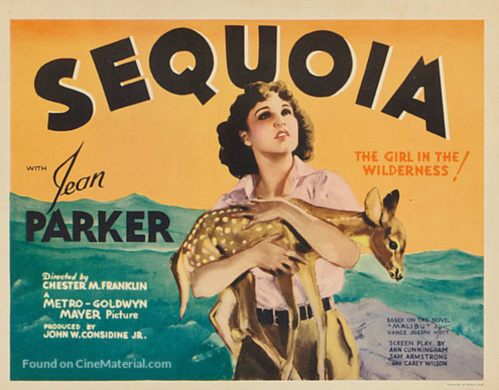“Who is it that can tell me who I am?”
King Lear by William Shakespeare
“I’ve never known a better seaman, but as a man, he’s a snake. He doesn’t punish for discipline. He likes to see men crawl. Sometimes, I’d like to push his poison down his own throat.”
Lt. Fletcher Christian regarding Captain Bligh
Mutiny on the Bounty (1935)
One of the things that made Captain Bligh in Mutiny on the Bounty an unforgettable character was the way in which his chief qualities—cruelty and hardness—were stressed even to the point of having him order the continued flogging of a man who died under the lash.
The character who has no dominating trait or traits offers nothing of dramatic value. ‘One virtue, vice or passion ought to be shown in every man as predominating over all the rest.’ It is quite possible in real life that we do not always recognize people by their dominant characteristics, but it seems to be essential for the film writer to make his characters recognizable in this way. A novelist who has won great popular success is said, when writing the first draft of a novel, to give each character the name of an emotion he is expected to depict, such as Greed, Love, Jealousy, Peace. I think that the drama of many a film story would be strengthened if its author would keep in mind, while building it, the dominant emotion that is responsible for each plot actor’s reaction to events. Of course, you never tell your audience what emotion clutches your character. Let it see him in the throes of that emotion. It will not do to say that John Brown is obstinate. He must do something obstinately. If some explanation of a character must be given, let some other character do it.”
Oscar-winning screenwriter Frances Marion (The Champ)
How to Write and Sell Film Stories (1937)
Writing default madman would not be a bad way to write characters—especially if you can get Anthony Hopkins to bring your writing to life.
P.S. And just to show there are always exceptions to the concept of not actually calling out a character’s emotions, here’s a scene from Inside Out. (Any day you can mix Pixar and Shakespeare is a good day for me.)




